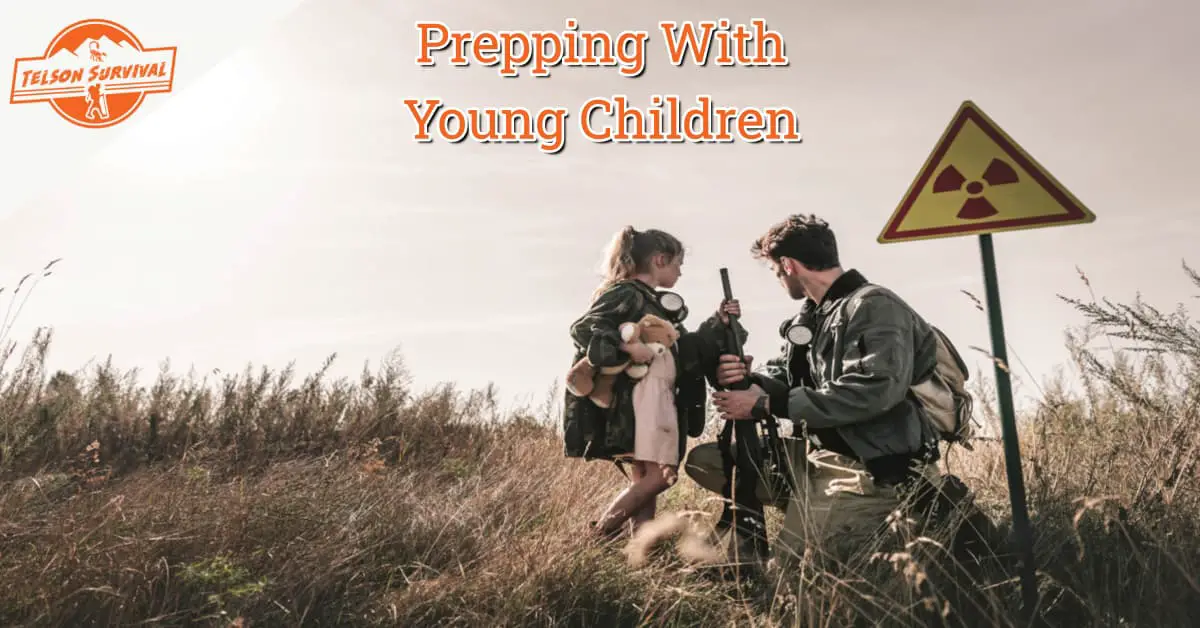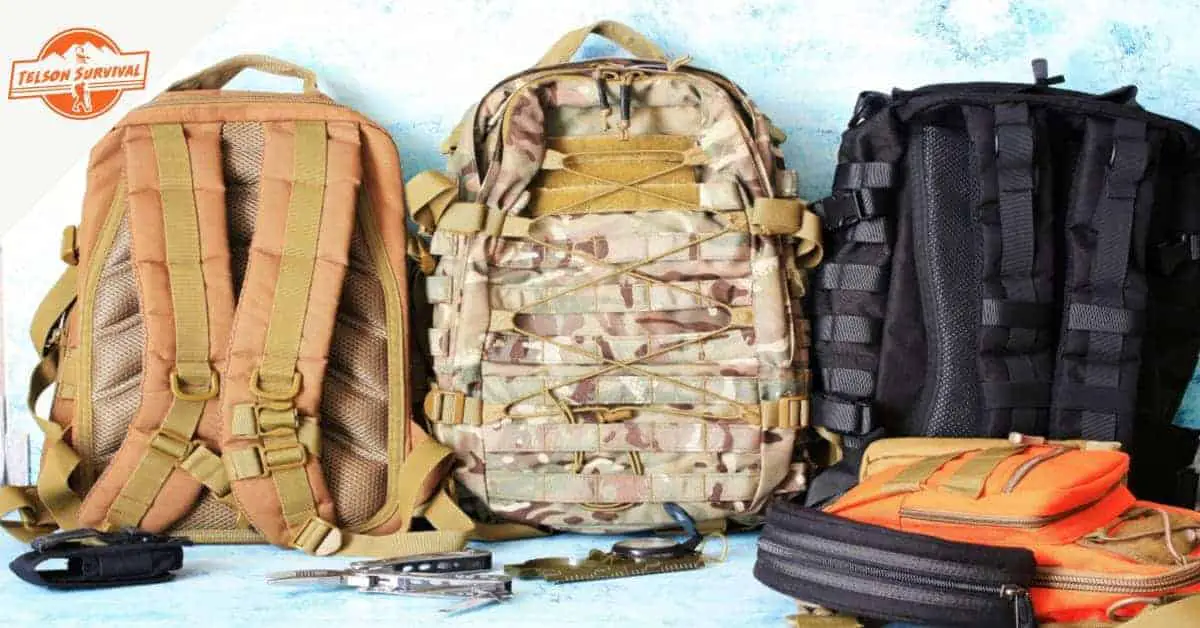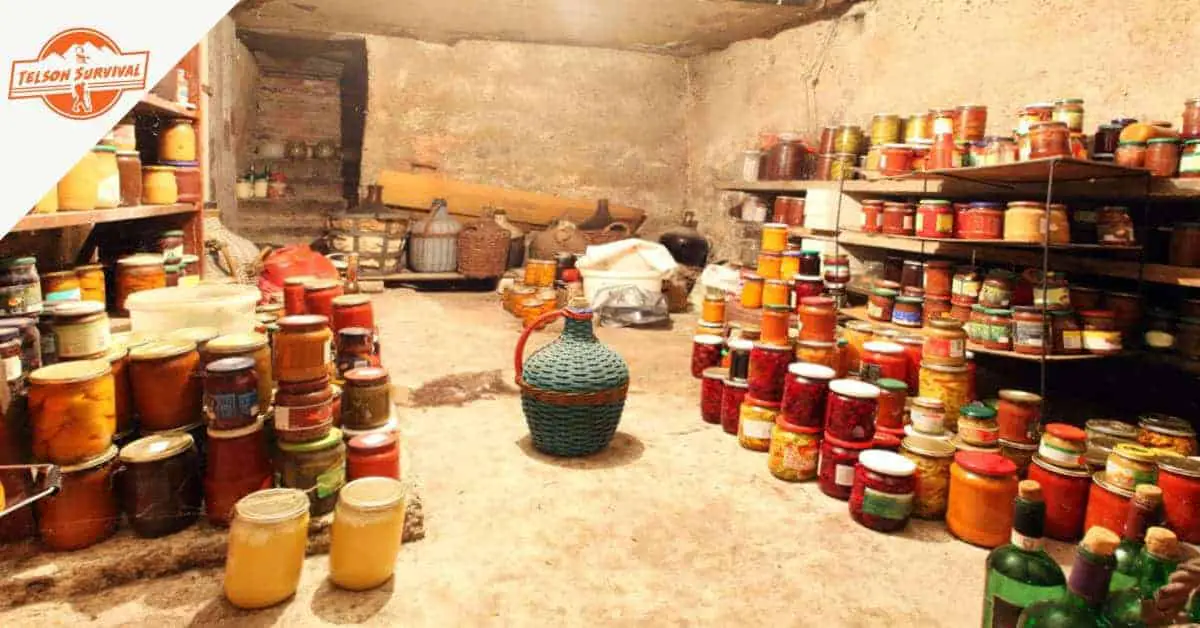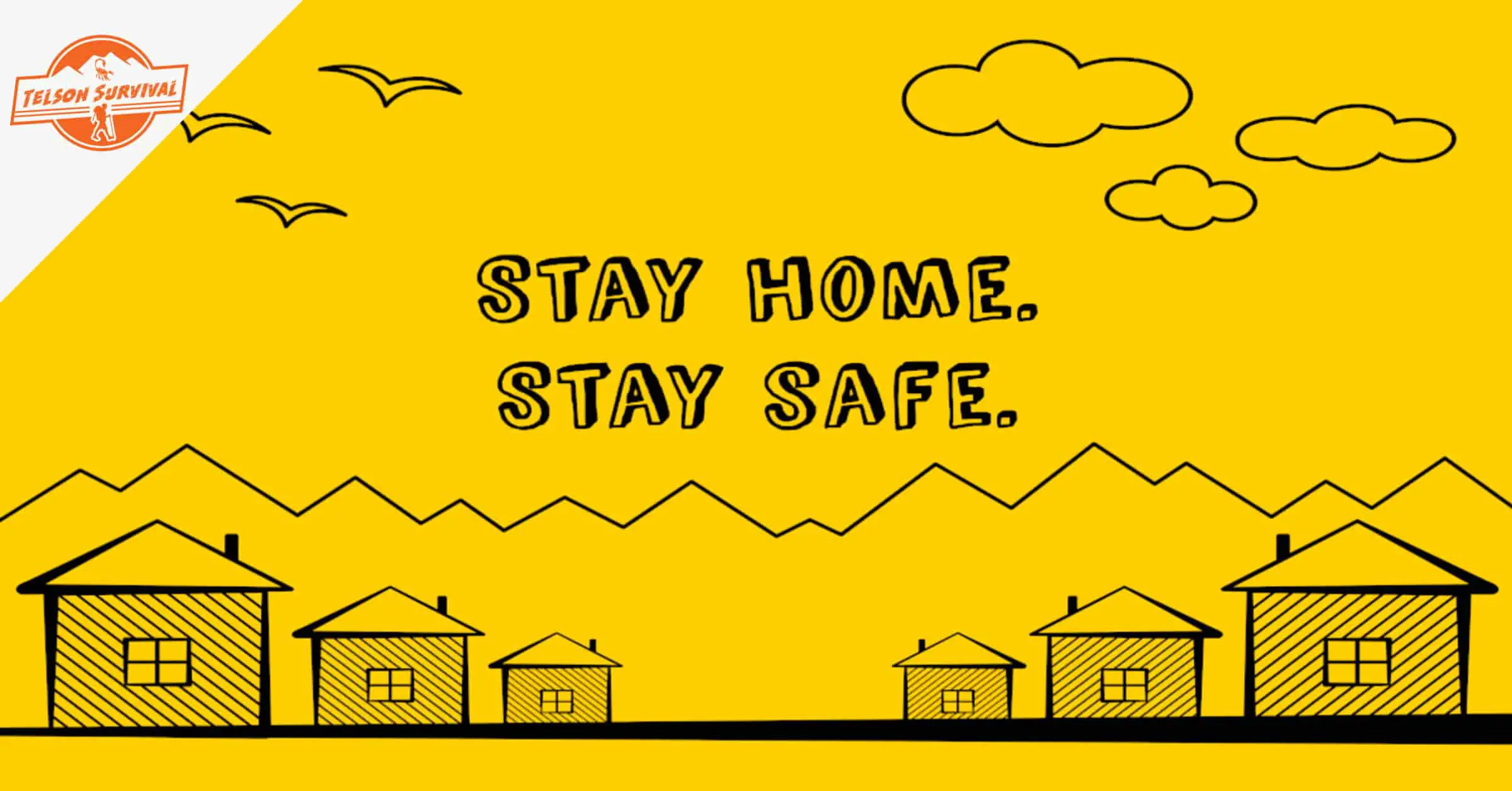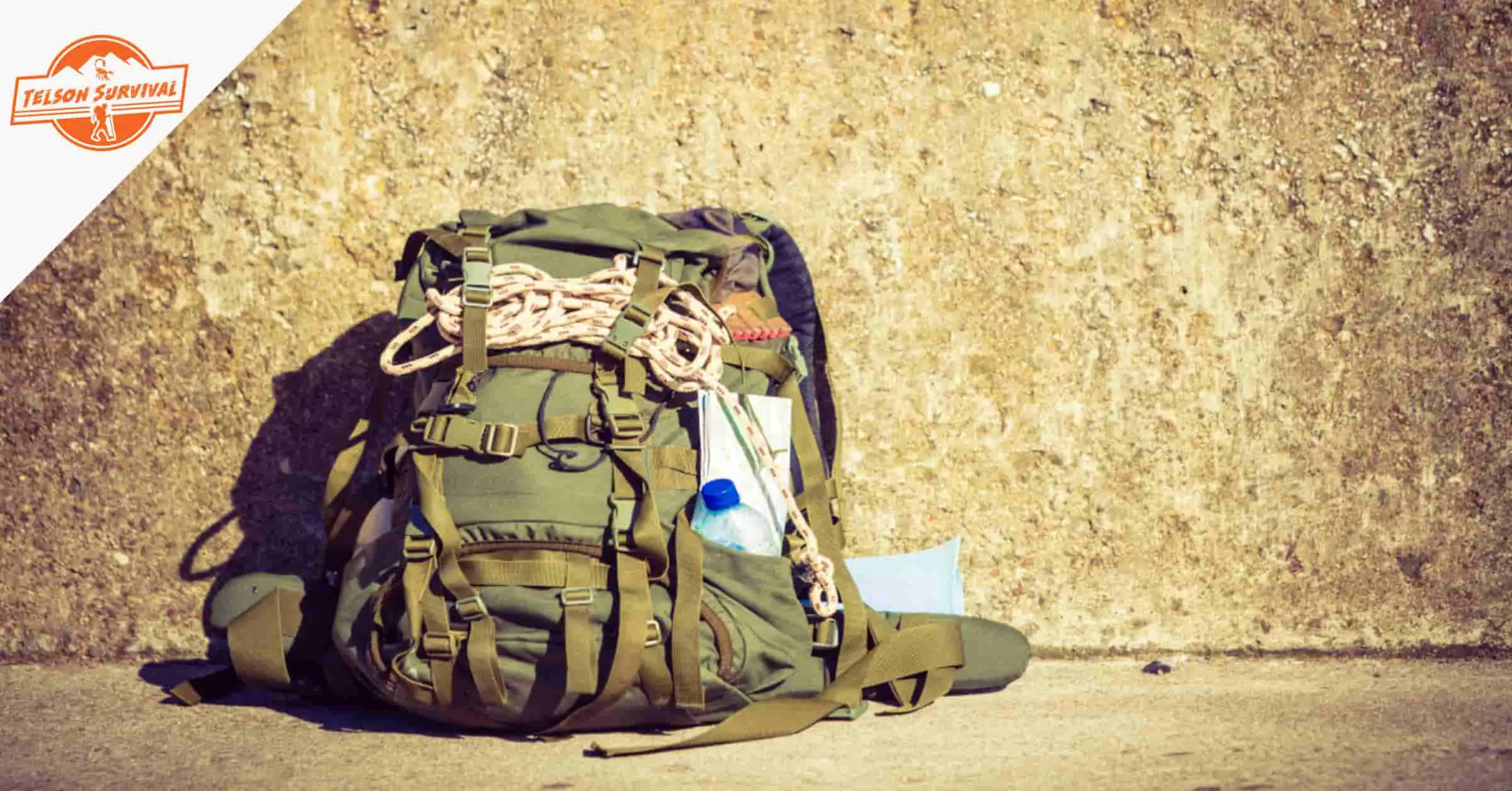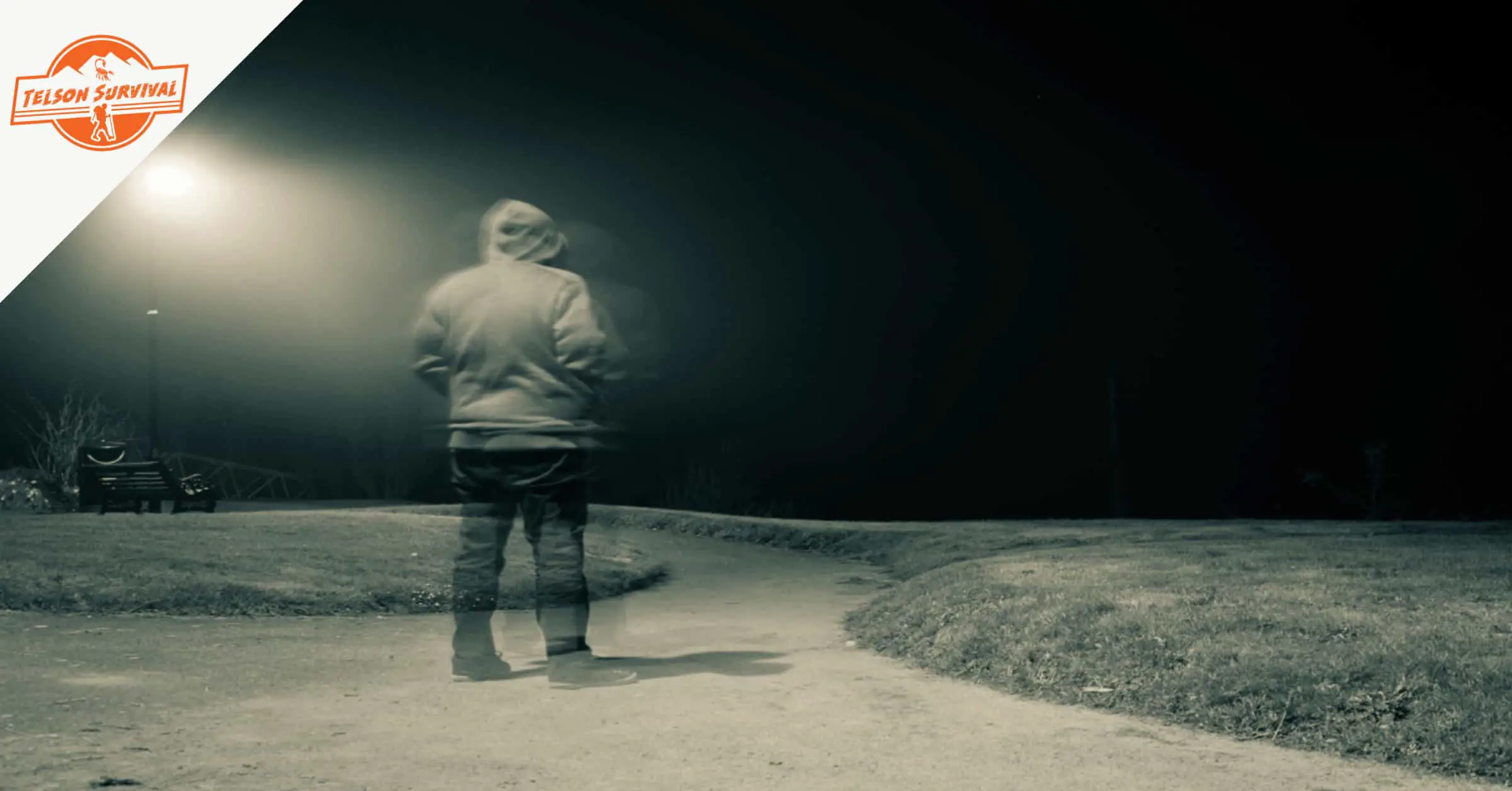No man is an island, the famous saying goes. This is especially true when you have a family. As parents, we would do anything to protect our children in an emergency - even putting our lives on the line for theirs.
Obviously, none of us want to find ourselves in that position. But unfortunately, emergencies and disasters do happen. That is why we spend time researching and preparing ourselves to be able to confront any unexpected situation we encounter.
But how do we help our children be prepared for emergencies? As preppers, we know how we react when SHTF has everything to do with our chances for survival. The question begs to be asked, How do we prepare our children to be ready for when SHTF?
Teaching your children important skills, providing them with the tools they will need, and creating a culture in your home that values preparedness is the only way.
We can prepare ourselves, stockpile food, and invest in quality survival gear but making sure our children have the skills and knowledge necessary to be able to react and respond safely in emergencies is arguably one of the most important preps you will make.
In this article, we’re going to cover it all: how to broach the subject of prepping and emergency preparedness with your kids, how to prep with kids of different ages and developmental levels, the different gear your children may need, and how to bug out with children.
Let’s get started.
How to Introduce Prepping to your Kids
Introducing the concept of prepping to your children is easy, but it does require some foresight and consideration.
There are two things you want to avoid when explaining to your kids about prepping.
- Traumatizing them: While you may be prepping for the worst-case scenario for any given emergency situation, you need to be careful about how you transmit this information to children. Remember, they have vivid imaginations and tend to take things very literally.
- Coming across as a nut job: You want your kids to take you seriously. When talking about prepping with your children, especially adolescents, make sure to discuss scenarios that are most likely to happen.
Here's the deal. We want our children to be actively involved, engaged, and enthusiastic about family emergency preparedness. If the kids are having nightmares about wildfires, pushing them through drills will only stress them out more - not help them learn important survival skills.
If they see you preparing for unlikely scenarios, like the zombie apocalypse, they will accuse you of being paranoid. This will discredit you in their eyes, and make all of your prepping efforts seem ridiculous.
Here’s our advice on introducing your kids to prepping:
- Discuss only realistic and probable situations that you want to create specific emergency action plans for. This may include home fires, wildfires, and other natural disasters such as tornadoes, hurricanes, or flooding.
- Explain the importance of learning life skills. Basic first aid, fire safety, cooking, gardening, and even self-defense are examples of skills that can be studied, shared, and learned by children of all ages. Help your child learn them for the sake of being a well-rounded individual. They'll come in handy if they ever need to rely on their skills in a survival situation.
- Explain to them what you are doing. As you go about building up your food stockpile or purchase specialized gear, explain to your kids what it is you are doing and why. They will naturally take an interest in learning more.
- Create a prepared culture in your household. When being prepared is simply a way of life, your kids will need no introduction to it.
As a parent, you are well aware of the fact that no two kids are alike and that one child’s capabilities may vary greatly from another of the same age. Similarly, adolescents are in a world of their own. They may reject what is important to their parents as they seek to forge their individual identity.
It is important to lead by example, explain your priorities and actions in a way they can understand and that is appropriate to their developmental level. Hope that the lessons sink in.
Prepping Tips for Young Children
Prepping with young children presents its challenges, but in many ways is easier than prepping with teenagers.
Young children, let's say between the ages of five and twelve, are generally eager to please their parents. They enjoy being involved in projects in the household, and feel important when they are included in activities. They are eager learners.
Keep the following in mind when prepping with your young children:
- Keep things playful. Research shows that young children learn best when the new information they are presented with is learned through play. Teach your children how to stay safe during fires, how to hide from intruders, or what to do in an earthquake by making a game out of it.
- Include your kids in prepping activities. If you are organizing your emergency food stockpile, encourage your kid to help. Explain to them how important it is to have food if you cannot get to the store. Have your children help you organize their Bug Out Bags, explaining to them your evacuation plans in the process.
- Keep things hands on. If you are going to show a kid a tool, give them the opportunity to use it. If you show a kid a list of phone numbers, practice making phone calls.
- Focus on physical fitness. Our kids need to be physically active no matter what. But for preppers, your kids must have the stamina to get through any intense survival situation that may require bugging out. Encourage physical play, sports, and endurance activities such as swimming and hiking. Again, all of these activities should be fun for the child.
- Teach life skills. Including your children from an early age in simple tasks such as cooking is easy enough, but you also need to teach them how to identify clean water, fire building skills, and even basic food foraging and plant identification, for example.
There are many different areas in which you can work with your children to make sure they know how to respond in an emergency. Keeping the tips mentioned above in mind, make sure to teach your children the following prepping skills:
Disaster preparedness: Kids need to know what they should do to stay safe when nature strikes. This may include tornado drills, wildfire preparedness, earthquake awareness, what to do in a flood, or how to stay safe in a cold snap or heatwave.
Food preparation: Your children should know how to prepare the food that is in your survival food stockpile. Teach them how to reconstitute dehydrated or freeze-dried food. Be sure to teach basic everyday cooking skills appropriate to their age, including how to handle knives. Explain safe food handling practices and the safe use of the stove, burner, or heat source for cooking.
Age Appropriate First Aid: Every child should know where the first aid kit is located in their house. They should also know what it contains and what each item is used for. Kids should also know the basics of cleaning and dressing minor wounds. Children must be taught how to identify serious symptoms and know when to seek help from an adult.
Physical Endurance: Even the youngest of children should be able to carry a backpack with their basic emergency bug out supplies. Long walks and hiking trips are great for this.
Identification: All kids need to know by memory their own identifying information including their full name, age, and birthdate. Work with them to learn their address and parent's phone numbers. They should also learn the complete names of other members of their family starting with their primary caregivers, grandparents, siblings, aunts, and uncles. The more information they know, the better.
Communication: Children should learn how to communicate by phone, text message, and email. Nowadays this is easy for most kids, as they are used to using electronic devices from an early age. They need to have the contact information for their caregivers, other family members, and essential emergency services. Prepare this information for them and store a copy in their bug out bag and in your emergency binder at home. Consider placing a copy in their school backpack as well.
Prepping If you Have Young Children
If you have young children, you can easily get them involved in your prepping efforts. They’ll be excited to learn, happy to be included, and eager to please. But as a parent or caregiver, you need to do some extra prepping on your end to make sure you have everything you need to take care of your children when SHTF.
This includes:
- Stockpiling foods your children will enjoy.
- Preparing Bug out Bags personalized for each child and keeping them updated with clothes that fit and appropriate gear.
- If your child has any special needs, you will need to keep these in mind. Stockpile any prescriptions they may take and make sure to have backup batteries or a power supply for medical devices.
Prepping Tips for Adolescents
Prepping with teenagers is a bit different than prepping with younger children. Adolescents are more physically capable and can pretty much do what adults can. In fact, you may be surprised by their strength and endurance. Older adolescents may, in fact, become an asset when SHTF because of their youthful strength, energy, and boldness.
If you are just starting out on your prepping journey, we recommend that you take a good hard look at what your teenager knows and is capable of.
- Do they know their way around the kitchen?
- Are they physically fit?
- Do they know all the important contact information for the family by memory?
- What other life skills do they know?
Teenagers can be spoken to frankly and directly. The older they are, the less likely it is that you will need to dress up your lessons as play. They appreciate being treated as mature individuals and thrive when they are entrusted with responsibility.
Here are some tips for prepping with teenagers:
- Never assume that they know something. We often take it for granted that kids will learn about emergency preparedness in school. Talk to your teenagers to discover what kind of drills they have learned and discuss how those practices can be applied in the home.
- Include them in your preps and ask for their opinion. By showing your teenager that you value their opinion, they are more likely to enthusiastically take part in prepping activities. Discuss your emergency plans with them, stockpile food that they suggest, and encourage them to research gear and supplies that you can add to your stockpile.
- Help them develop confidence in their skills. Adolescents often struggle with self-confidence, but if you show them that you believe in them and have faith in their skills, they can thrive. Allow them to cook complete meals for the family. Encourage them to have their own projects in the survival garden. Trust them with important errands.
- Practice and train alongside them. To encourage physical fitness, take up a sport or activity together. Take extended backpacking trips. Swim laps together. When it comes to learning new skills, you can sign up for a course together or practice at home.
- Give them important roles. When it comes to creating a bug out plan or a plan for bugging in, make sure your teenager knows that they are an important part of the team. Delegate them responsibilities.
If your teenager shows no interest in prepping, you should still make sure they at least know the basics:
- The locations of your emergency supplies including their bug out bags, your food stockpile, and your emergency plans.
- How to cook, prepare your emergency food, and filter drinking water.
- Basic first aid.
- How to start the generator if you have one, and the location of utility shut-offs for the home. Teach them how they work.
- Evacuation routes and bug out locations.
- How to drive, if they are of legal age.
Essential Survival Gear and Preps for your Kids
It is our opinion that there is actually very little specialized survival gear that you will need to purchase for your children. There are a few things, however, that are worth investing in if you want to get children excited for prepping.
#1. A Child Sized Backpack
Specially designed for the smaller frames of children aged 6 and up, a children's hiking backpack offers certain advantages over the standard school version.
These packs tend to be more comfortable over long distances (helpful for bug out situations) by fitting close to the body and distributing the weight of the load.
Last update on 2024-07-13 / Affiliate Links / Images from Amazon Product Advertising API
#2. Specialized Clothing
Depending on the natural disasters in your area, and the seasonal conditions you experience, you may choose to invest in high-quality rain gear, heavy duty coveralls, lightweight base layers, or waterproof hiking boots for your children.
The only thing to keep in mind is that kids grow quickly, so use these items periodically and make sure that they fit.
#3 Personalized Survival Gear
Depending on the age, maturity level, and skill set your child has you may want to consider investing in survival gear just for them. Consider purchasing them their own survival knife, fire starter kit, or bow and arrow set, for example.
No products found.
How to Involve and Engage Your Children in Family Prepping
When children are allowed their own tools and gear, they are more likely to get excited about prepping alongside their parents. But gear isn’t everything.
The keys to keeping your children involved and engaged in family prepping are:
- Ask their opinions and have discussions about the preps you are making, gear, and scenarios.
- Include them in your learning. Undertake prepping and learn new skills together.
- Make prepping fun. For younger children, games work best. For older children, hands-on activities are more engaging.
Prepping with young children and adolescents is something that goes way beyond emergency preparedness. These activities will strengthen the bond you have with your kids and create a sense of unity and togetherness. This bond is more essential for survival than any piece of equipment or gear you could ever buy.
How to Bug Out with Children
One question that comes up over and over again in the prepper world is, how do I bug out with children? It is a very important question considering that in some emergencies there is no other option than to evacuate
Let’s just put it out there that the best option is always to bug in and hunker down. You will almost always be safer in your home where you have the majority of your emergency supplies, including your food stockpile.
No matter what is happening in the outside world, with the right preps, you can turn your house into a safe haven for your child. They will be less likely to experience severe trauma when SHTF if they are safe with their family in familiar surroundings.
But if you really do need to get out of there, in the best worst-case scenario, you will have some time to heed evacuation warnings. If there is no official order to evacuate, pay attention as the situation unfolds and be proactive in bugging out.
It is better to evacuate early than try and leave too late. There are three key things to consider when bugging out with kids.
When it comes to mobility, you will most likely count on a vehicle to transport your family away from danger. There may be situations, however, where it is impossible to get where you need to go by car. In these situations, you may want to be prepared to bug out on bicycles or on foot if needed.
Bugging Out on Bicycles
Bugging out on bicycles is a great way for children to travel long distances without exhausting themselves. The youngest of children can travel comfortably in a tow-behind trailer or an attached child’s seat.
As a parent, you can comfortably transport more weight with two wheels, and arrive at your bug out location a lot quicker.
For older kids and teenagers, make sure each child has a bug out bicycle that fits them well. The bike should be well maintained and in working order to hold up to an unexpected long-haul ride.
Bugging out on foot is probably the most difficult option for those of you with young kids.
First off, children cannot carry a lot of weight, so you will need to plan for a heavier pack for yourself. Additionally, young kids tire easily, so you will most likely end up carrying them a part of the way. In general, your group will move a lot slower.
A good way to prepare yourself and your children for bugging out on foot is by regularly taking long walks and going on extended hiking trips. Practice carrying heavy packs, and teach your children how to hold up despite physical discomfort.
Keeping Kids Comfortable While Bugging Out
Whether your plans are to take off in a bug out car, on bike, or on foot you need to make sure you have the gear and supplies to stay as comfortable as possible.
- Pack plenty of food and snacks that your kids will enjoy.
- Make sure to carry plenty of water or have a good water filter available.
- Have good quality shoes and appropriate clothing for the conditions.
- Bring some kind of comfort item or activities that the child can use to relax or entertain themselves with.
Keeping Kids Safe When Bugging Out
The best way to stay safe when bugging out will depend on the emergency situation at hand. Staying safe while running from a wildfire will look a lot different than staying safe in a flood. We recommend that you study the best practices for bugging out in each situation.
In general, take the following precautions:
- Include a blaze orange safety vest in your bug out bags. These can be put on at a moment's notice to make yourselves more visible. If staying undercover is in your best interest, you can keep them packed.
- Incorporate basic safety gear into each child's BOB such as a whistle, emergency blanket, and flare.
- Teach your kids to be aware of their surroundings.
Why Family Prepping Matters
Preppers are protectors. We want to do everything in our power to protect what is ours, especially our children.
When each child knows basic skills, is in good physical condition, and has the right gear - staying safe is easier for everyone. Prepping with young children and adolescents is a satisfying way to bond with your kids, learn new skills, and build resilience as a family unit.

